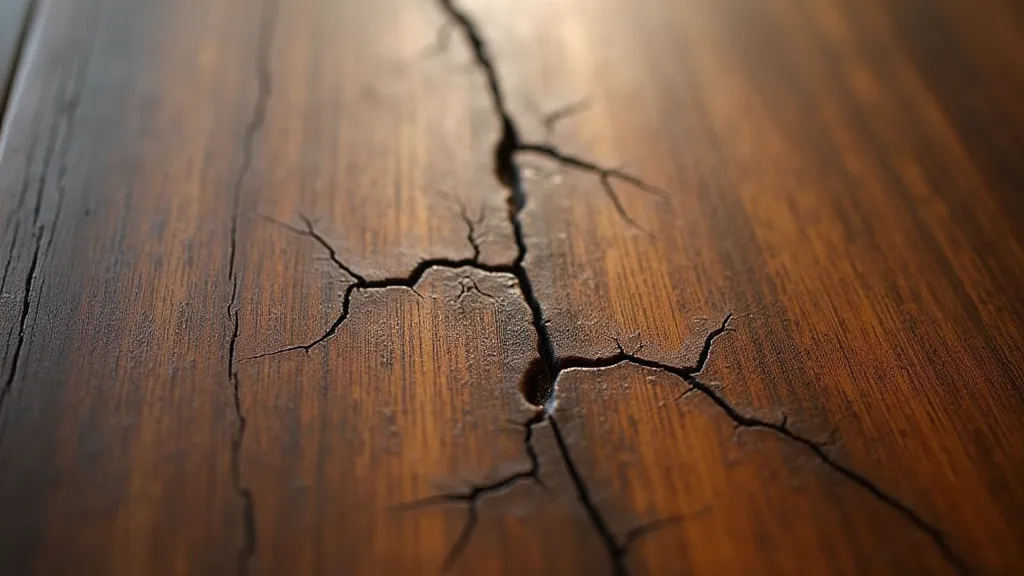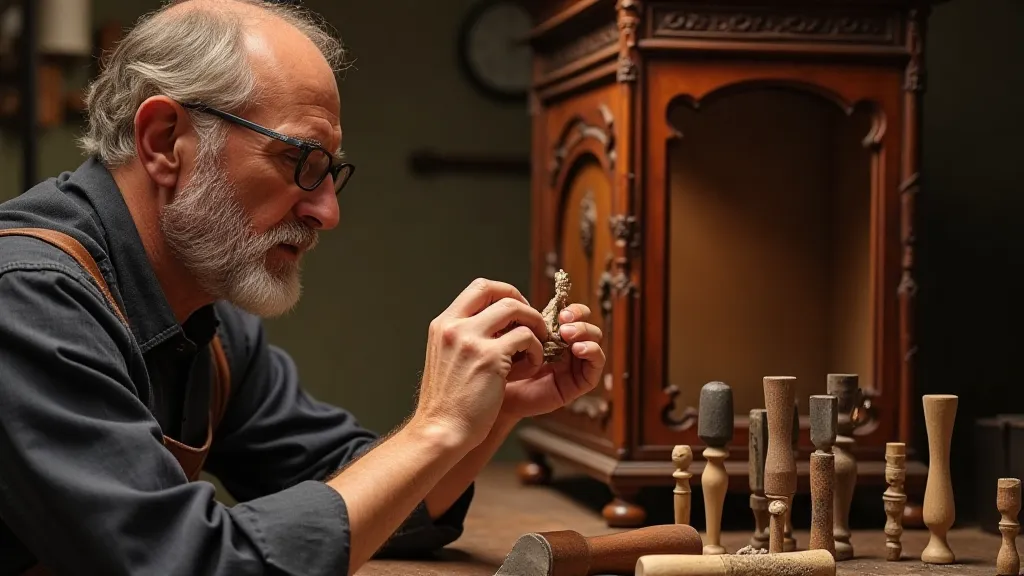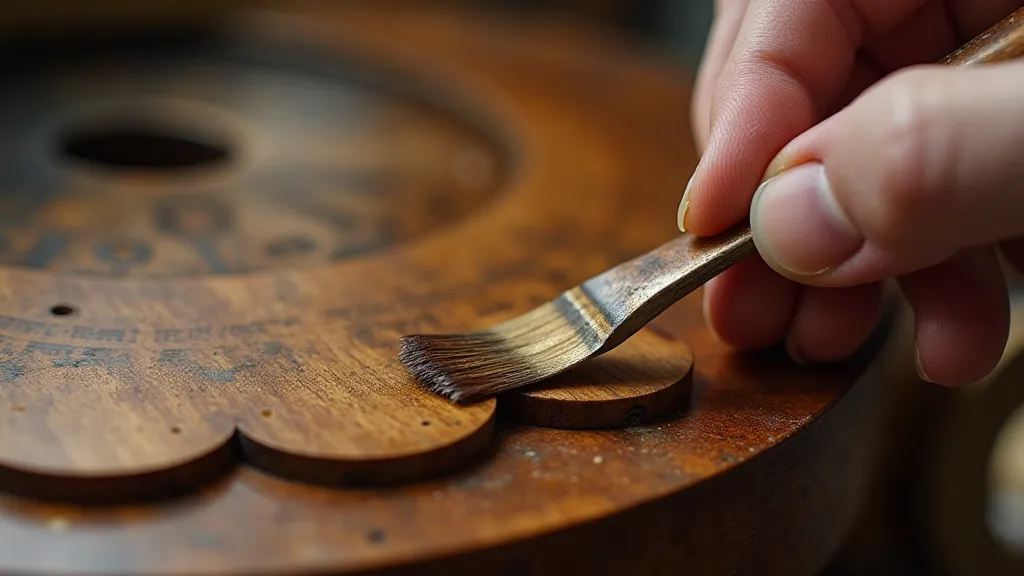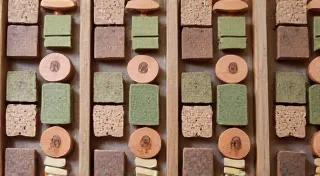Fractured Facades: Dealing with Cracks and Imperfections in Antique Clock Cases
There’s a particular resonance that comes from holding an antique clock. It’s more than just the ticking, the rhythmic pulse of gears and springs; it’s the weight of history in your hands, the echo of the craftsman who meticulously assembled it, and the silent story it has witnessed through generations. These aren't mere time-telling devices; they are tangible links to the past, each with its own unique narrative etched not just in its mechanics, but also on its exterior. And frequently, that exterior bears the marks of time – cracks, chips, and imperfections. Dealing with these fractures isn’t simply about repairing damage; it's about understanding and respecting the clock's journey.
I remember the first time I encountered a truly ravaged clock case. It was an early 20th-century grandfather clock, walnut, with a deeply ingrained patina. The owner, a sweet elderly woman, simply wanted it “fixed.” But as I examined it, I saw more than just a damaged case; I saw the story of a family – moved houses, endured storms, possibly even served as a quiet presence through times of joy and sorrow. A significant crack ran along the side panel, and a chunk was missing near the base. It felt almost sacrilegious to even consider intervening, to alter what had become a physical representation of those memories.

The Historical Context of Imperfection
To truly appreciate dealing with cracks and imperfections, understanding their historical context is vital. In the 18th and 19th centuries, clock cases weren’t manufactured with the same level of precision and quality control we see today. Wood movement, varying humidity levels, and the inherent fragility of older timbers all contributed to the development of cracks. Furthermore, repairs were often carried out using readily available materials and techniques – often not matching the original wood's color or grain. These older repairs, while functional at the time, now contribute to the clock's unique history and visual character. A poorly matched patch of wood, for example, is often a testament to ingenuity born of necessity and a fascinating insight into the past.
Consider the types of wood commonly used. Walnut, mahogany, oak – these were premium materials, but even the finest wood can succumb to the effects of age and environmental changes. The way a clock case was joined also played a crucial role. Dovetail joints, mortise and tenon joints, each has its own inherent strength and weaknesses. The presence of a crack near a joint isn’t always a sign of poor craftsmanship; it can be a consequence of settling over decades.
Types of Damage and Assessment
Cracks in clock cases can range from hairline fractures – often barely visible – to significant breaks that require careful reconstruction. The approach to restoration depends entirely on the severity of the damage and, critically, the collector’s or owner's preferences.
Hairline cracks: These are common, especially in areas exposed to temperature fluctuations. They often don’t compromise the structural integrity of the case. Sometimes, leaving them as is is the best course of action. They contribute to the clock’s character and serve as a subtle reminder of its age.
Minor chips and scratches: These are superficial and can often be addressed with careful cleaning and minimal intervention.
Larger cracks and breaks: These require more significant intervention, potentially involving wood consolidation, patching, or even replacing entire sections. Here's where the ethical considerations become particularly important.

The Preservation vs. Restoration Dilemma
The core question in dealing with damage is whether to preserve the clock’s original condition as much as possible or to restore it to a “better” state, even if that involves altering its original fabric. Preservation means minimizing intervention, accepting the imperfections as part of the clock's history. Restoration, on the other hand, involves actively repairing or replacing damaged components, often with the goal of making the clock look as close to its original appearance as possible.
There’s no single right answer. Some collectors prioritize originality above all else, believing that any alteration diminishes the clock’s value and historical significance. Others are more comfortable with restoration, particularly if it improves the clock’s structural integrity or enhances its aesthetic appeal. The key is transparency – clearly documenting any repairs or replacements made.
For example, a significant break in a walnut case might be repaired using a carefully selected piece of matching walnut, meticulously fitted and glued. However, the repair should be discreet, allowing the original crack to be visible, serving as a subtle reminder of the clock's journey. The use of modern fillers or synthetic materials should generally be avoided, as they can detract from the clock's authenticity.
Techniques for Repair and Reinforcement
When intervention is necessary, a range of techniques can be employed. Wood consolidation involves using specialized resins to strengthen weakened or crumbling wood fibers. Dutchman repairs – replacing a damaged section with a precisely fitted piece of matching wood – are a classic solution for larger breaks. In some cases, reinforcing cracked areas with discreetly placed brackets or metal supports can provide structural stability.
Consider the importance of color matching. New wood will naturally be lighter than aged wood. Techniques like staining and antiquing can be used to blend the repair seamlessly with the original surface. However, it's crucial to avoid creating a “perfect” match, as this can appear artificial and detract from the clock's authenticity.

Appreciating the Story Within
Ultimately, dealing with cracks and imperfections in antique clock cases isn't just a technical exercise; it's an act of respect for the clock's history and the people who have cherished it through the years. It's about understanding that these imperfections aren't flaws; they're chapters in the clock's ongoing story. Every chip, every crack, every poorly matched patch tells a tale of resilience, adaptation, and the passage of time.
As I worked on that first grandfather clock, the elderly woman's words echoed in my mind: "It's not perfect, but it’s ours.” And in that moment, I realized she wasn't talking about the physical clock; she was talking about the memories it held, the family it represented. And that, I thought, was the most important thing to preserve.





